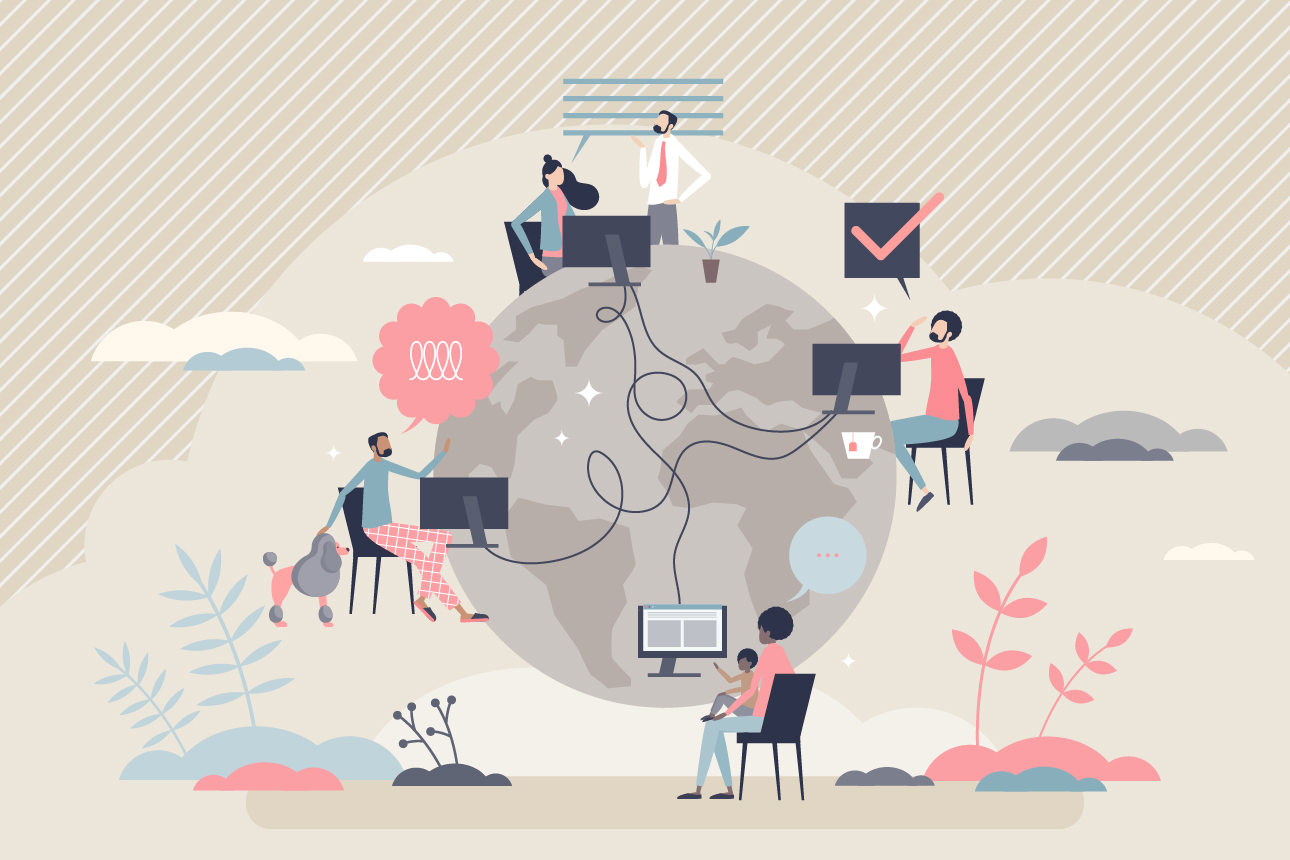Rethinking Assumptions About How Employees Work
Many companies pivoted to deal with the challenges of the pandemic. But preparing for the next era will require a change in leaders’ mindsets.
Topics

A management meme of the last year asks, “Who led digital transformation in your company?” The answer is not the CEO or COO or CIO. It’s COVID-19.
While darkly funny, it highlights an important point. The pandemic unleashed unprecedented levels of change in the business environment. In April 2020, soon after much of the world entered lockdown, Microsoft CEO Satya Nadella said, “We’ve seen two years’ worth of digital transformation in two months.”
In the year and a half since then, organizations have implemented changes that once felt impossibly far off:
- Working from home: While the pandemic upended many jobs that could be done only in person, such as waiting tables and working in retail stores, managers learned that many other roles could be done very effectively from home.
- Teaching online: Schools shifted very quickly from in-person to remote or hybrid learning. For many young students and their families, it was difficult. But, particularly for adults, remote learning worked relatively well.
- Remote health care: Doctors pivoted quickly to remote appointments. As is usual for many innovations, those who were already doing some work virtually, such as psychologists, made the transition more easily than those who had never done so. Over time, medical practitioners learned how to separate what had to happen in person from what could be done online.
It’s important to recognize that COVID-19 didn’t lead the transformation. People did. COVID-19 was an impetus and a lesson. It taught us that when we want to change, we can. We just have to want it — and need it — enough. Of course, not all people would agree that these new ways of working are good — just ask the parent of any young schoolchild. But these experiments made it possible to work in ways that organizations once felt customers wouldn’t accept — or that they as providers couldn’t execute.
Preparing for the post-pandemic era requires that leaders now weigh what’s possible and what’s not. This means thinking about more than just technological or organizational capabilities. It means asking what’s worth going after and what will be too hard. At its heart, it will require a radical rethinking of the assumptions that drive managerial decision-making and a change in mindset for leaders at all levels.




